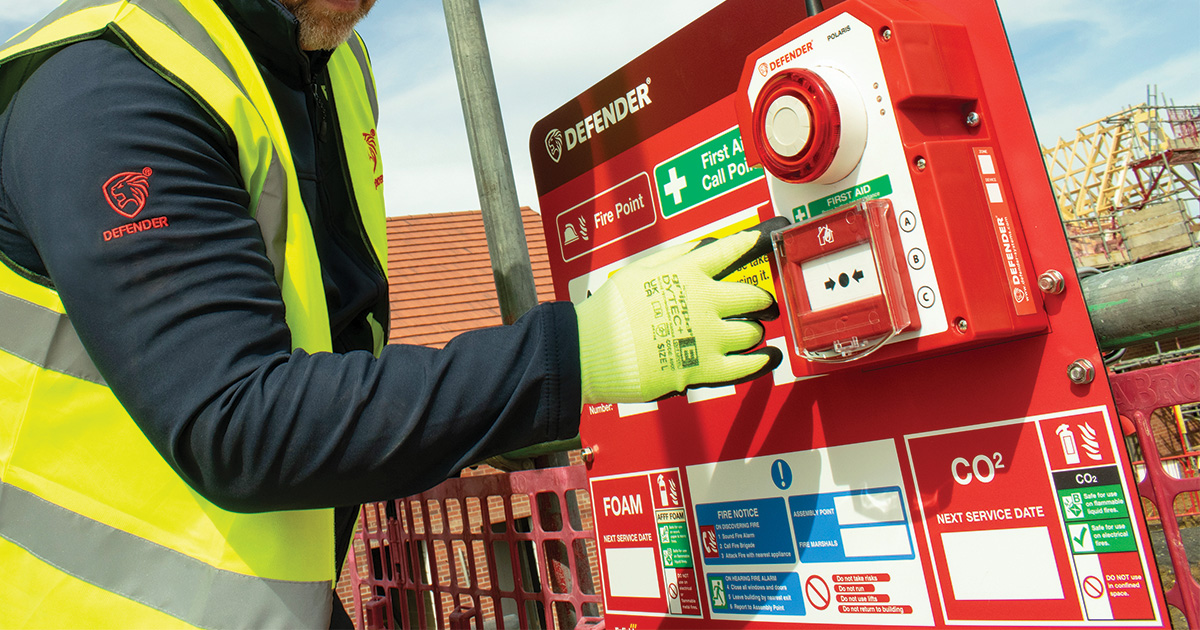

One of the most practical and effective ways to reinforce safety on-site is through regular Toolbox Talks. In this blog, we explore what Toolbox Talks are, why they matter, and provide a detailed example on how to deliver an impactful talk on fire safety.
A Toolbox Talk is a short, focused safety briefing delivered on-site, typically lasting 5–15 minutes. The goal is to address specific risks, reinforce best practices, and prompt discussion among team members. These talks are especially effective because they’re:
Toolbox Talks are not just promoted by regulatory organisations such as the HSE (Health and Safety Executive), but they are also regarded as best practice throughout the construction sector.
Construction sites are always changing: new machinery, makeshift buildings, varying weather conditions, and shifting team sizes can bring about unexpected hazards. Frequent Toolbox Talks assist to:
In environments where fire risk is a real and present danger, particularly where hot works, flammable materials, and temporary power supplies are involved, these talks can be lifesaving.
Here’s how to run an effective Toolbox Talk on fire safety tailored for construction sites:
Duration: 10 minutes
Location: Site meeting area
Audience: All site workers, subcontractors, and fire marshals
“Today, we’re focusing on fire safety, which is one of the most critical risks on our site. Fires can start quickly and cause catastrophic damage, injury or worse. Everyone here has a role to play in prevention and response.”
Discuss key fire risks on your site:
You should also encourage team input on anything they’ve noticed.
Reiterate daily fire prevention measures:
Review the site’s fire response plan:
Test the team by asking them to point to the nearest extinguisher and exit.
Encourage team participation:
Wrap up with a reminder: “Fire safety is everyone’s responsibility. Let’s stay alert, keep our workspaces clean, and report hazards straight away.”
Lastly, ensure all attendees sign the toolbox talk register.
At Defender, we support construction firms across the UK by providing them with:
Whether you need help developing your fire response plan or supplying compliant fire protection equipment for a live site, we’re here to help.
Stay safe. Stay informed. And never underestimate the power of a 10-minute conversation.